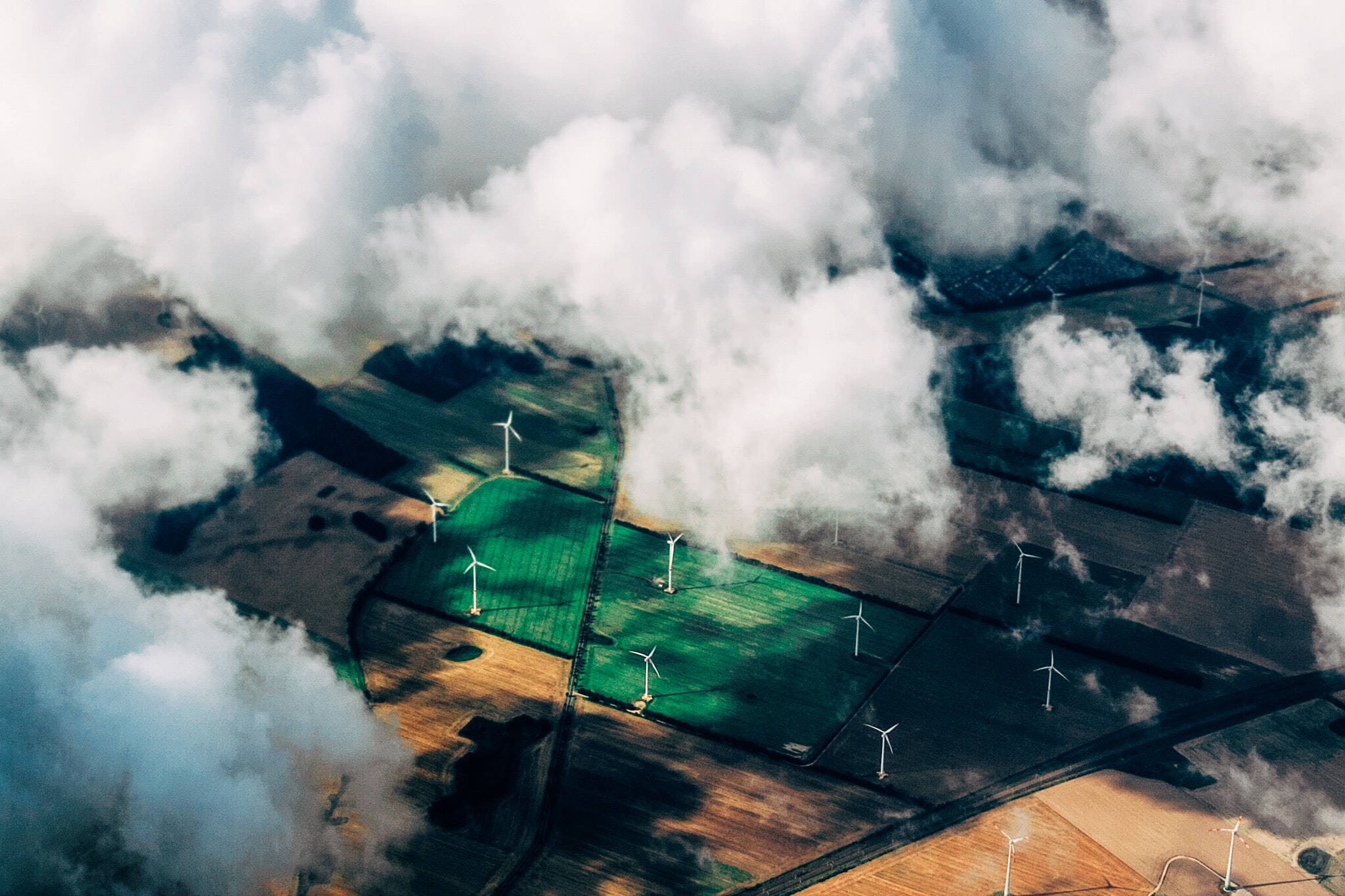The U.S. government’s goal of reaching net-zero carbon emissions by 2050 will require a massive public-private effort to develop a carbon pollution-free power sector by 2035 and cut emissions from 50% to 52% by 2030.
Renewable energy technologies such as solar and wind are already cost competitive with coal and gas across most U.S. markets, according to a 2021 research report from McKinsey & Co.
The report went on to say that decarbonizing electricity “is essential to enabling decarbonization” in the energy and transportation, and building sectors.
To help get there, the U.S. Department of Energy recently announced plans to invest $38 billion to begin decarbonizing four of the DOE’s 17 National Laboratories. The Net Zero Labs (NZL) Pilot Initiative, unveiled on May 25, will lay the foundation for one of the first-ever models to address hard-to-decarbonize industries, the DOE said in a press release. The goal is to identify net-zero solutions that can be replicated at facilities across the DOE, the federal government, and state and local governments.
“Transitioning to a net-zero future will require slashing carbon pollution across all industries — from shipping to manufacturing to construction, and even the operation of our national laboratories,” U.S. Secretary of Energy Jennifer M. Granholm said in a statement. “DOE’s National Labs are leading by example to address some of the most energy-intensive, hardest-to-decarbonize federal facilities to reduce our nation’s carbon footprint — mitigating the disastrous impacts of climate change, lowering energy costs, and supporting the growing clean energy workforce.”
The four DOE National Laboratories included in the pilot are already taking steps to harness and produce technology at their facilities to lower their carbon emissions. Additional funding should be available next year and distributed competitively to all 17 National Laboratories.
The DOE’s National Labs were chosen for the pilot because they’re among the federal government’s most extensive and most complex energy users, with demand and resilience requirements that far exceed those of a standard facility. Each lab houses heavy industrial facilities, energy-intensive data centers, reactors, and other infrastructure that demands large amounts of continuous power. The DOE aims to demonstrate that clean energy can power all this infrastructure through its Net-Zero Labs Pilot Initiative.
The four National Labs involved in the pilot are spread around the country, one in the Northeast, one in the mid-Atlantic, two in the Rocky Mountain region, and two on the West Coast. Here’s a look at what they specialize in
- Idaho National Laboratory conducts advanced nuclear research to develop and integrate microreactors and small modular reactors into microgrids with other renewable energies. The goals are to produce hydrogen, increase energy storage and provide reliable, secure, and clean energy to communities across the country.
- National Energy Technology Laboratory has facilities in Pennsylvania, West Virginia, and Oregon. It is working to advance carbon removal technologies and will incentivize carbon-free electricity production within its three geographic regions by entering into power purchase agreements.
- National Renewable Energy Laboratory, located in Colorado, aims to lower the costs and increase the scale of technologies to make, store, move, and use hydrogen across multiple energy sectors.
- Pacific Northwest National Laboratory in Washington is developing state-of-the-art methods, algorithms, and software platforms designed to optimize the control and operation of energy assets, with a goal of hitting certain economic, emissions, and resilience targets. It also is developing energy storage innovations to boost the adoption of clean energy and make the nation’s power grid more resilient, secure, and flexible.





